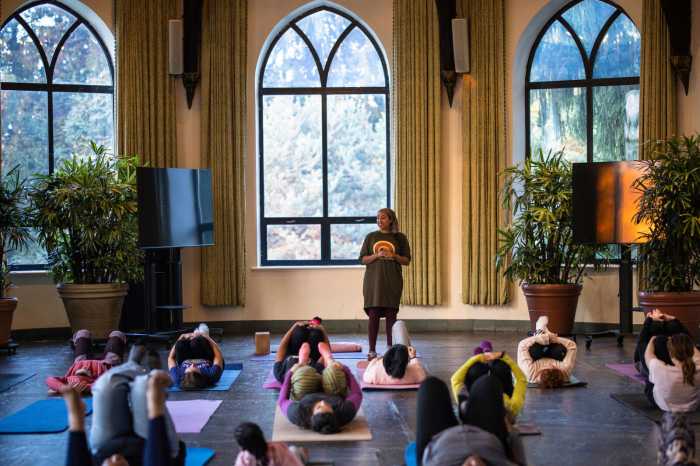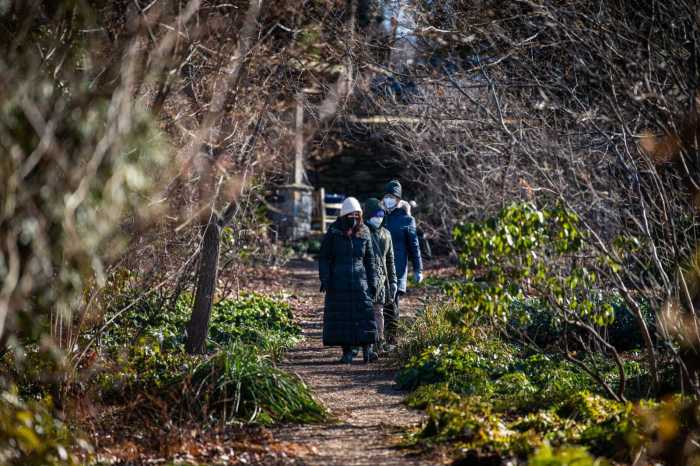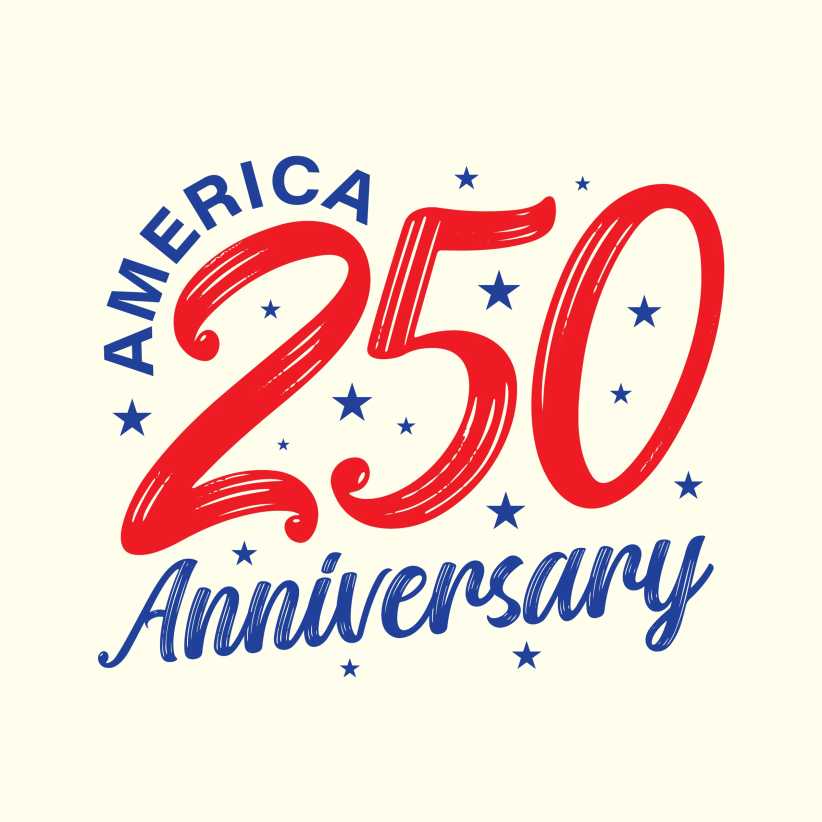Two legendary Bronx shops are featured in the new book “Vinyl NYC: 33 1/3 of the Best Record Stores Across All Five Boroughs,” photographed by James T. and Karla L. Murray with text by music journalist Hattie Lindert, which takes readers inside the city’s best indie record stores.
The book, published by Prestel, was released Sept. 9 and features Casa Amadeo in Longwood, the city’s oldest continuously-running Latin record store, and Moodies, serving the Bronx’s Caribbean community since 1981. Moodies was formerly located at East 225th Street and White Plains Road but is currently moving to an unannounced location.
The book highlights 33 1/3 independent stores — the “one-third” being Academy Records Annex in Greenpoint, Brooklyn — in homage to the standard vinyl playing speed of 33 1/3 revolutions per minute, according to the book’s introduction by the Murrays.
The book blends photography, history, music, and culture to give vinyl lovers a taste of what makes each one unique. Some shelve records into neatly categorized genres, and others offer a “crate-digging” experience with random stacks upon stacks. Some have expanded their offerings to include vintage clothing, coffee, snacks, antiques, and other treasures to draw customers in.
“We made sure that we included something for everyone,” said Karla Murray.

The Murrays, who are married self-taught photographers living in the East Village, set out to paint an “intimate portrait” of record stores, which often function “like a little mini community centers,” according to Karla Murray.
The couple had already photographed some of the city’s unique small businesses for their previous books, “Store Front NYC” and “Great Bars of New York.” From there, exploring their favorite record shops and discovering new ones along the way was a natural next step.
They said that as music lovers who grew up in the vinyl era, the Murrays’ love for neighborhood record stores goes far beyond the albums.
These shops are places not only to purchase music but also to browse, attend events, discover new artists, and engage with fellow music lovers. They serve as “a home away from home for a lot of people,” Karla Murray said in a Sept. 3 interview with the Bronx Times.
Vinyl records have surged in popularity in recent years, especially among younger shoppers who did not grow up owning them. The global vinyl market is expected to more than double in value between 2022 and 2030, from $1.98 billion to $4.12 billion, according to research cited by CNBC.
“Vinyl is now back, and it’s not just people James and my age,” said Karla Murray, who is 57. Many younger people today are “discovering the joy of vinyl for the first time,” she said.
James Murray, 61, said record stores offer the element of surprise, whether discovering new music or encountering like-minded people. “You just never know who you might end up meeting.”
The legendary Casa Amadeo
Mike Amadeo, owner of Casa Amadeo, is 91 years old and still works in his store six days a week. He’s a fixture in the Longwood community and an internationally-celebrated musician and composer, especially in his native Puerto Rico.


Casa Amadeo was added to the National Register of Historic Places in 2001 because it “embodies the history of the development of Latin music in New York City and its role in the Puerto Rican migration experience,” according to the National Park Service.
The shop opened in 1941 and carries vinyls and CDs — including more than 300 recordings of Amadeo’s own songs — as well as instruments (guitars, maracas, tambourines) and accessories (strings, straps, tuners).
Casa Amedeo has a museum-like feel, with portraits of musicians Amadeo collaborated with, photo albums of their in-store visits and displays of the shop’s many government honors and media coverage from New York City and around the world.
“It’s a treasure trove, it really is,” said James Murray.

During the Bronx Times’ visit on Sept. 15, Mike Amadeo said he started working in the shop at age 16 and never left. According to Vinyl NYC, he bought the store from its previous owners, siblings and musicians Rafael and Victoria Hernandez, in 1969.
Amadeo had a long and influential music career, and “all the big names” recorded his songs, including Tito Puente, Willie Colón and Celia Cruz, he said.
Even the street permanently bears Amadeo’s legacy: the intersection of Prospect and Longwood Avenues was co-named Miguel Ángel (Mike) Amadeo Way in 2014.

Though his shop has had a lasting impact on the city’s cultural and music scene, Amadeo expressed a bleak outlook for its future.
He said business is “very bad now” after being “so great” for many years, and that he can’t afford to hire employees. “That’s the way it is now.”
Many small businesses are now struggling, and record stores are no exception, which was part of their motivation to create “Vinyl NYC,” said the Murrays.
“We hope this book encourages you to go out and explore the city’s many independent vinyl record shops, letting the music, memories, and new discoveries move you so that these stores can stay in business for generations to come,” they wrote in the book’s introduction.
Those who venture in are likely to be rewarded. All stores need foot traffic, even if they sell online, and many save their most prized records for in-store purchase, said James Murray. Even in today’s digital world, “Physical media still really matters.”
This story was updated Sept. 19 at 1:00 p.m. to include the full title of the book.
Reach Emily Swanson at eswanson@schnepsmedia.com or (646) 717-0015. For more coverage, follow us on Twitter, Facebook and Instagram @bronxtimes
























